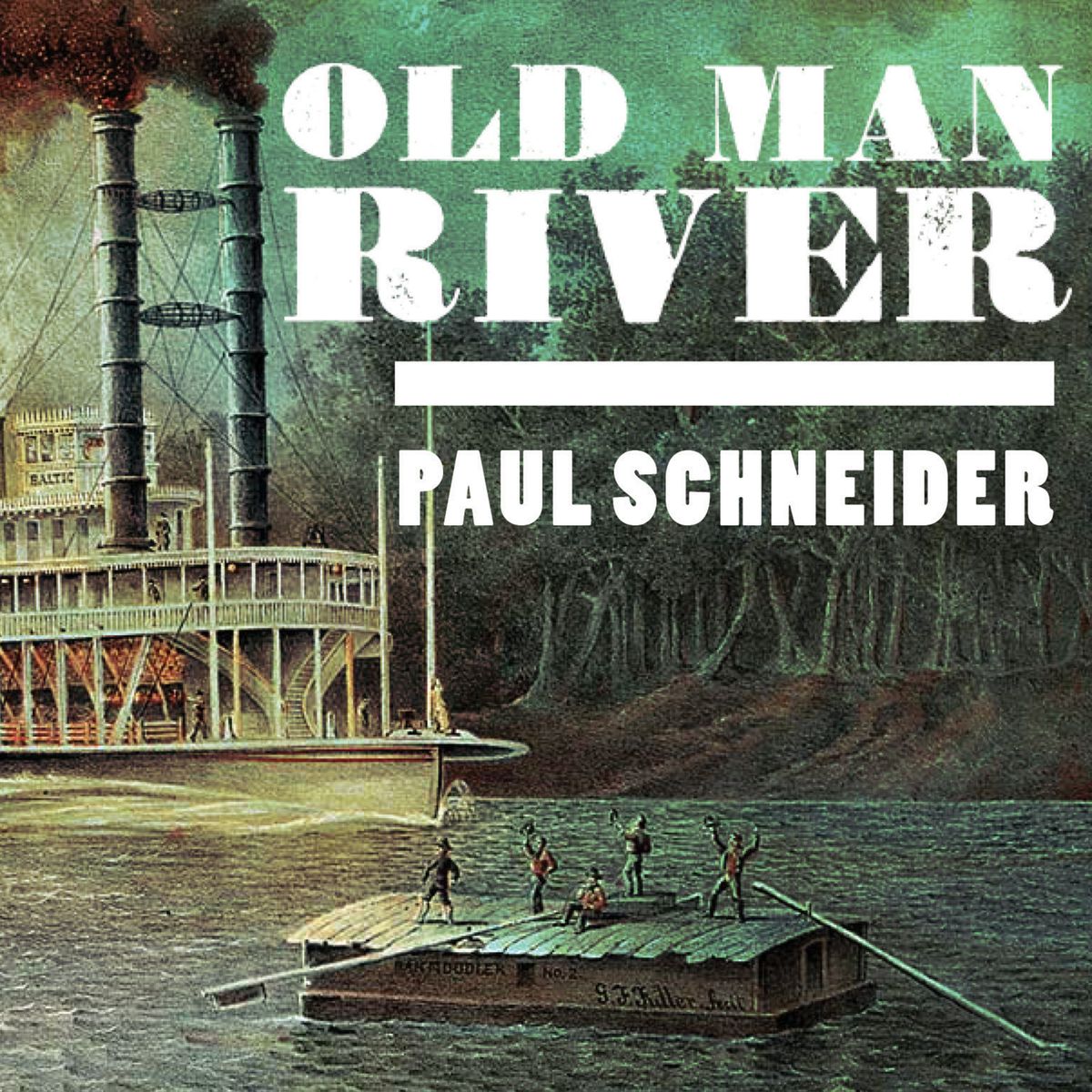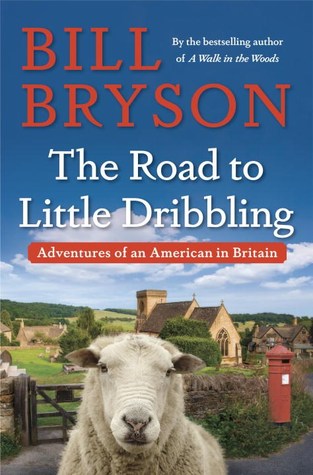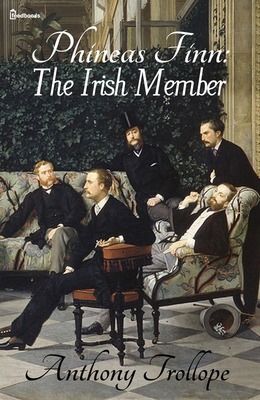How to be both is two unique stories: a teenager, George/Georgia (actual name Georgia, “both” because she has her first stirrings of same-sex attraction), who has tragically lost her mother and seems abandoned by her father who mourns in drink and her brother too young to really understand; and a young woman in 15th century Ferrara, Italy, Francescho del Cossa, who is a masterful painter, posing as man to gain commissions.
The book’s “tie” is a fresco, seen by the mother in a magazine that prompts her to take both children out of school and drive to Ferrara – these frescos are not fictional. Per Wikipedia,
Palazzo Schifanoia is a Renaissance palace in Ferrara, Emilia-Romagna (Italy) built for the Este family. The name "Schifanoia" is thought to originate from "schivar la noia" meaning literally to "escape from boredom" which describes accurately the original intention of the palazzo and the other villas in close proximity where the Este court relaxed. The highlights of its decorations are the allegorical frescoes with details in tempera by or after Francesco del Cossa and Cosmè Tura, executed ca 1469–70, a unique survival of their time.
When I researched the palace after reading the book, I immediately recognized the work of Francesco del Cossa, though I have not visited Ferrara. Having these in mind would enrich the reading.
To soothe her loss, George/ia ditches school and spends her days at the National Museum in London in a room with a painting by del Cossa, as she imagines her mother did. George’s time there becomes a study on the insensitive way most museum visitors dash past roomfuls of art, rushing to “complete the tour”. I warmed to this activity and empathized with George’s precise method of examining all sections of a painting, thinking of each as a solo work. del Cossa is known for his malicious depictions of stingy benefactors in the face of pigs and devils—totally missed if all you study is the face of the central character.
To further confound readers, Pantheon issued two version of the book: one with George/ia’s story first, the other with Francescho’s story first. Mine began with George/ia, and that was difficult enough because you are thrust into the first scenes with no context. However, Francescho’s would have been even more difficult as the first section.
Smith’s writing pushes the envelope on guidance for the reader. There is no dialogue punctuation – a blessing in a way because the flow is livelier. There are sections of blank verse with no punctuation at all. And there is this force that pulls the reader along because you hope that the next page will provide more comfort.
I came to this book after reading several NYT best sellers and recommended books for 2017. To me, they seemed pedestrian, too easy a read. Ali Smith has two current bestsellers: Autumn and Winter. At the recommendation of Sam Sacks, reviewer for The Wall Street Journal, I began with her 2014 book. Wish I had known what you know now, because then the read would have been enjoyable and challenging. As it was, I struggled. However, I highly recommend this book if you want to put your foot into the genre of a successful Scottish contemporary author. This book summary on Amazon says it all.
Passionate, compassionate, vitally inventive and scrupulously playful, Ali Smith’s novels are like nothing else. Borrowing from painting’s fresco technique to make an original literary double-take, How to be both is a novel all about art’s versatility. It’s a fast-moving genre-bending conversation between forms, times, truths and fictions. There’s a Renaissance artist of the 1460s. There’s the child of a child of the 1960s. Two tales of love and injustice twist into a singular yarn where time gets timeless, structural gets playful, knowing gets mysterious, fictional gets real—and all life’s givens get given a second chance.
Amen.
























